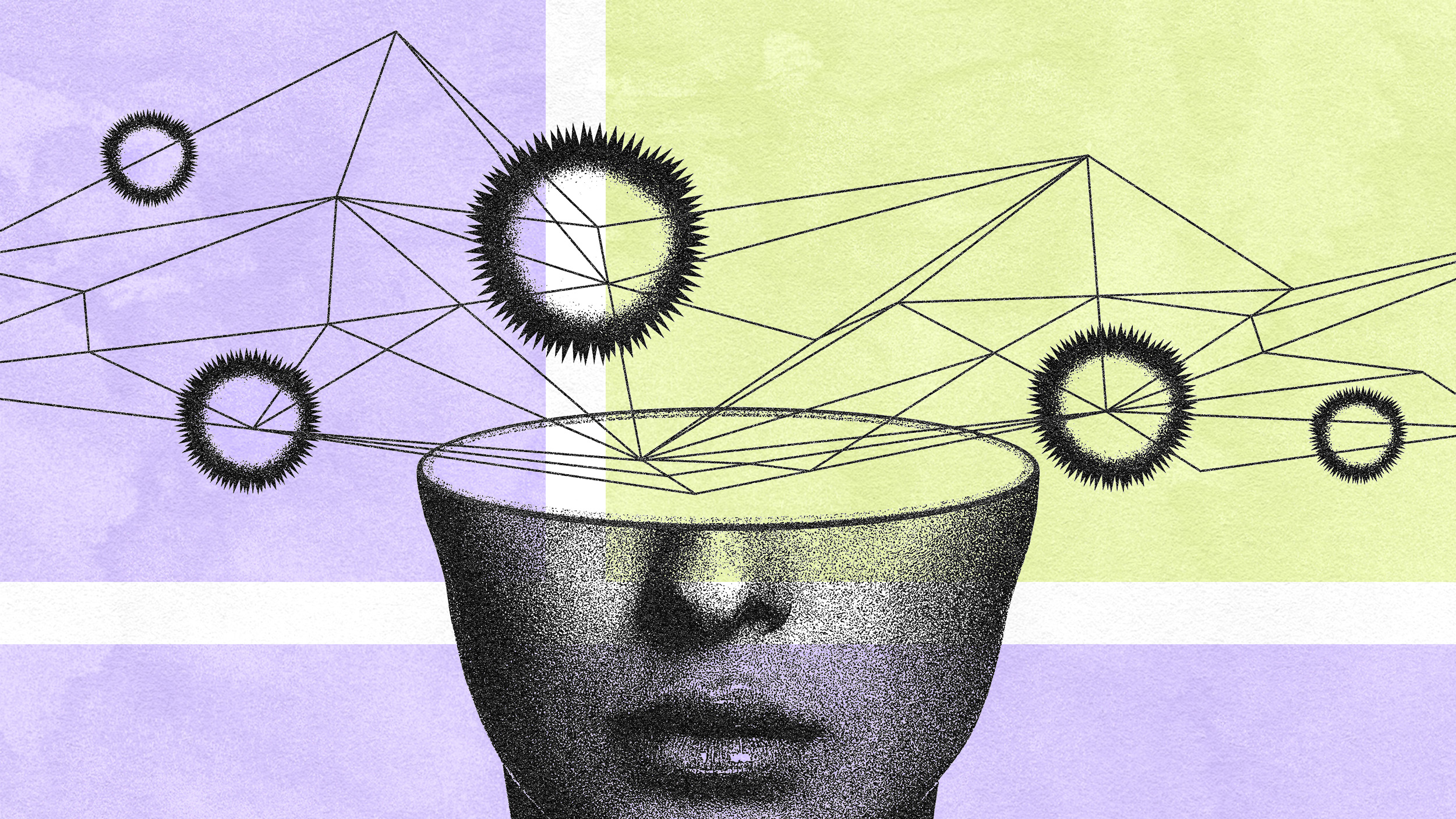Why a good sense of humor is an essential life skill

- Studies have shown that a sense of humor can improve your mental and physical health, boost your attractiveness, and improve your leadership skills.
- There are a variety of theories and styles of humor, each of which can improve your understanding of the subject.
- Humor may be a critical life skill, but can it be taught?
Mark Twain said that “Humor is the great thing, the saving thing after all. The minute it crops up, all our hardnesses yield, all our irritations, and resentments flit away, and a sunny spirit takes their place.” He’s certainly not wrong. Humor may very well be the great thing.
It touches upon nearly every facet of life — 90% of men and 81% of women report that a sense of humor is the most important quality in a partner, it’s a crucial quality for leaders, and it’s even been shown to improve cancer treatments.
There’s no doubt that humor is a life skill that everybody needs, but how do we define it? Can it be taught?
What is humor?
The best way to kill a joke is to explain it, but psychologists have tried to do so anyhow. There are three main theories on what humor is and where it comes from:
Relief theory argues that laughter and humor are ways of blowing off psychological steam, a way to release psychic energy. That’s why jokes told at funerals are often met not with silence, as a somber occasion such as that might merit, but with uproarious laughter instead.
Superiority theory was originally formulated by Plato and Aristotle to explain a specific kind of humor: why we laugh at other’s misfortunes. In this theory, humor is a means of declaring one’s superiority over others. If you’re looking to cultivate a sense of humor to improve your leadership skills, this is not the kind you want to acquire.
Incongruity theory argues that humor arises when two contrasting, distinct ideas are mingled. Humor often subverts expectations, and punchlines are often the result of an unexpected reversal. Consider Oscar Wilde’s “Work is the curse of the drinking classes” — it’s funny because it both reverses a common phrase and because it subverts a more conventional way of looking at the world. (Admittedly, this dry explanation probably doesn’t make it seem funny in the slightest right now.)
What are the benefits of a sense of humor?
Being funny is possibly one of the best things you can do for your health. You can almost think of a sense of humor as your mind’s immune system. People at risk for depression tend to fall into depressive episodes when exposed to some kind of negative stimuli, and afterward, it becomes easier and easier for them to relapse into depression. However, reframing a negative event in a humorous light acts as a kind of emotional filter, preventing the negativity from triggering a depressive episode.
Humor doesn’t just guard against depression. It also improves people’s overall quality of life. Researchers have found that people who score highly in certain types of humor have better self-esteem, more positive affect, greater self-competency, more control over anxiety, and better performance in social interactions. Not all kinds of humor are made equal, however. In the same study, the researchers identified four types of humor: affiliative humor, or humor designed to strengthen social bonds; self-enhancing humor, which is akin to having a humorous view of life in general; aggressive humor, such is mocking others; and self-defeating humor, in which an individual encourages jokes that have themselves as the target or self-deprecate.
The positive contributions mentioned above only occurred when individuals scored highly in affiliative and self-enhancing humor, while aggressive and self-defeating humor was associated with poorer overall well-being and higher anxiety and depression. So, when cultivating your sense of humor, it’s important to strive for the right kind — besides, it’s a crummy thing to make fun of others, anyhow.
In addition to working as a mental immune system, research has shown that humor can actually improve your physical immune system. Laughter can also improve cardiovascular health and lowers heart rates, blood pressure, and muscular tension.
Aside from improving your health, laughter can also lead to greater creativity and productivity tool as well. A study from Northeastern University found that volunteers who watched a comedy were measurably better at solving a word association puzzle that relied on creative thinking as compared to control groups that watched horror films or quantum physics lectures. This is because laughter lights up the anterior cingulate cortex, an area of the brain associated with attention and decision-making.
Another study measured people’s performance on a brainstorming task and found that participants who were asked to come up with a New Yorker-style caption generated 20% more ideas than those who did not.
Can humor be taught?
The benefits of a good sense of humor are so profound that colleges such as Stanford are offering business courses on humor in the workplace. The big goal? To teach students how “to achieve business objectives, build more effective and innovative organizations, cultivate stronger bonds, and capture more lasting memories.” It doesn’t stop there, though. The professors believe humor has the power to “make and scale positive change in the world.”
At Big Think+, we asked actor John Cleese to teach viewers how to hone their sense of humor to improve quality of life and creative intelligence. You can watch a sample of Cleese’s course in the video below:
Every human has an innate sense of humor, of course, but it’s pretty evident that not everybody has a good sense of humor. Learning about theories of humor, while interesting and insightful, don’t guarantee that one’s ability to deliver a punchline will improve in any measurable degree. It would be distressing to learn about humor’s many benefits only to discover that it’s an entirely a product of genetics. There certainly seems to be some genetic component, at least; researchers have linked a sense of humor to certain variants of the 5-HTTLPR gene.
Still, psychologists are divided on whether humor is an innate or learnable trait. There’s no such thing as a completely humorless individual — comedy is a fundamental part of human nature. In the past, we believed that only some cultures developed humor, but this belief has changed, as no culture has ever been found that was devoid of laughter and comedy. So, if you want to improve your sense of humor, trying to look on the funny side of life won’t hurt. The worst-case scenario is that you’ll laugh a little more.





